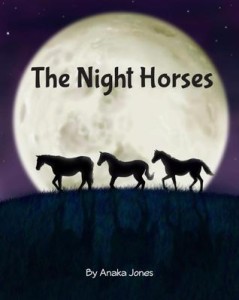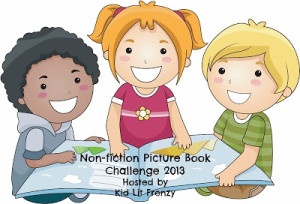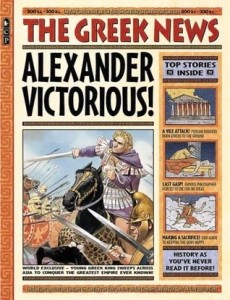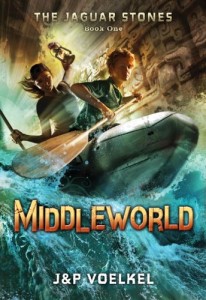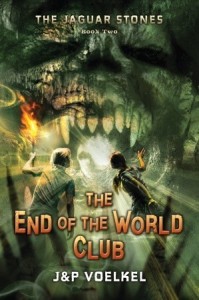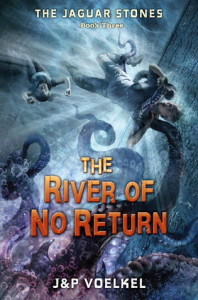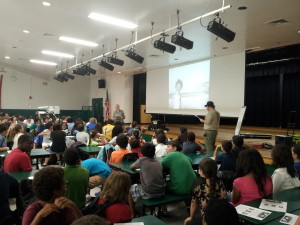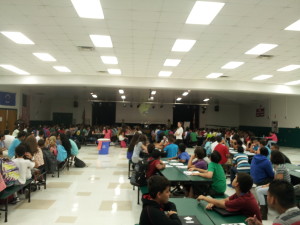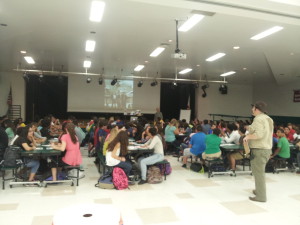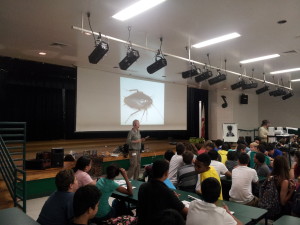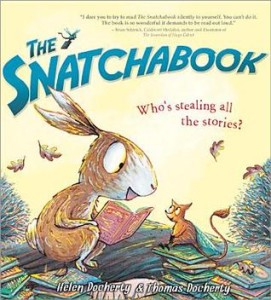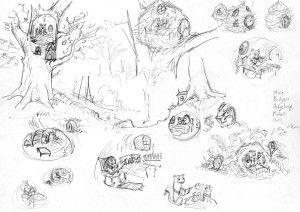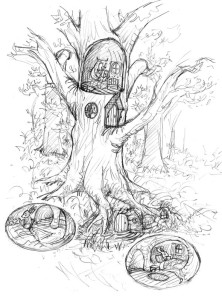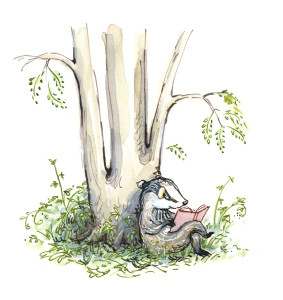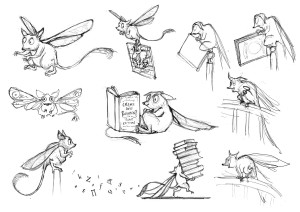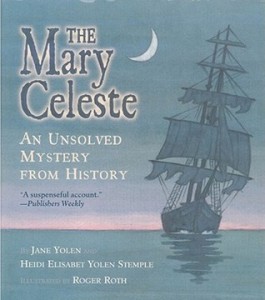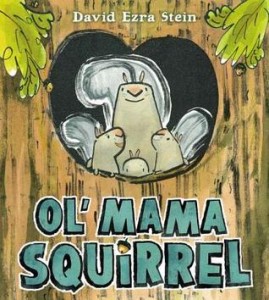The Night Horses
Author and Illustrator: Anaka Jones
Published February 26th, 2013 by Createspace
Goodreads Summary: 12-year-old author Anaka Jones imagines the life of a herd of horses as they work, chow, play and turn a farm into their own three-ring circus in The Night Horses.
My Review: What a fun story! During the day the horses do as normal horses do: eat, play, run, socialize; however, at night time, the real lives of the horses are shown with dancing, comedy, and more! It reminds me of Toy Story and other stories where you find out about the secret life of animals/objects.
The most amazing part of this book is that it is written and illustrated by a 12-year-old. I think if nothing else, this can be how teachers use it in the classroom. Who says a 12-year-old cannot write a book and get published? Although it is definitely an early ed book for read alouds, it could be used in a middle grade classroom to promote hope and the need for writing, imagination, and believing in yourself.
Teachers Tools for Navigation: This book will be a big hit as a read aloud in primary classrooms. It is fun, promotes imagination, and would be a great story to use to be a jumping off point to writing a story about other animals’ secret lives. Also, the illustrations will definitely keep kids’ attention and students will love the secret life of the horses.
Discussion Questions: What do you think other animals do when no one is looking?; This book reminded me of Toy Story because in both they show the secret lives of things that we do not see. What did this book remind you of?
We Flagged: “When people finish up their chores and go back to their house… The Night Horses get out their disco ball.” (p. 11-12)
Read This If You Loved: A Story for Bear by Dennis Haseley, Happy Pig Day! by Mo Willems
Recommended For:
